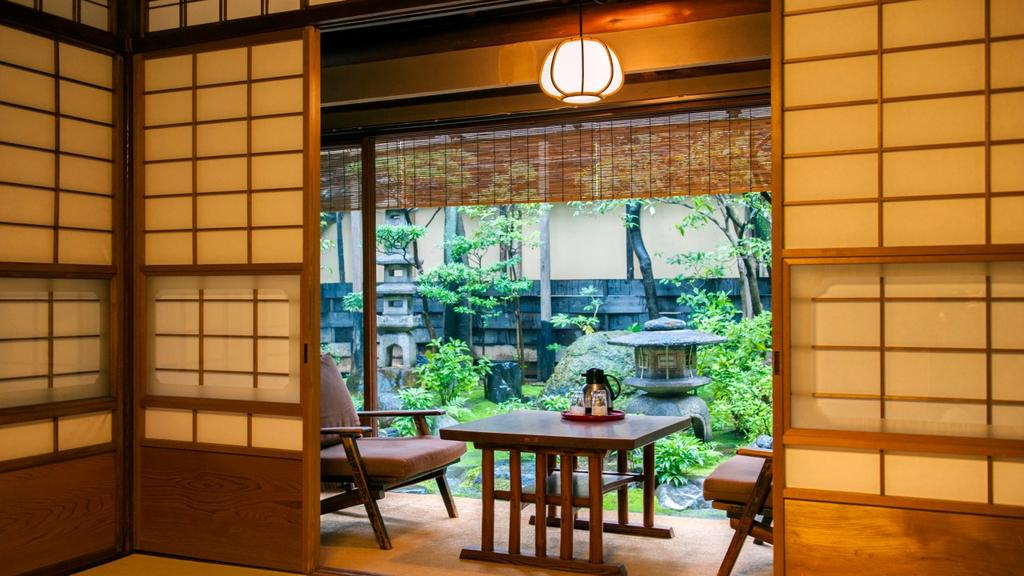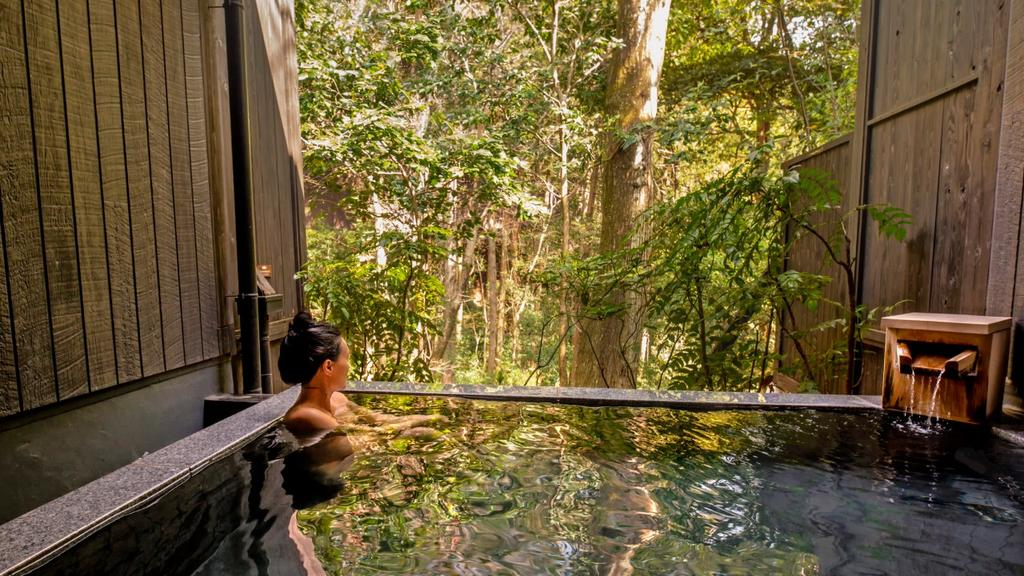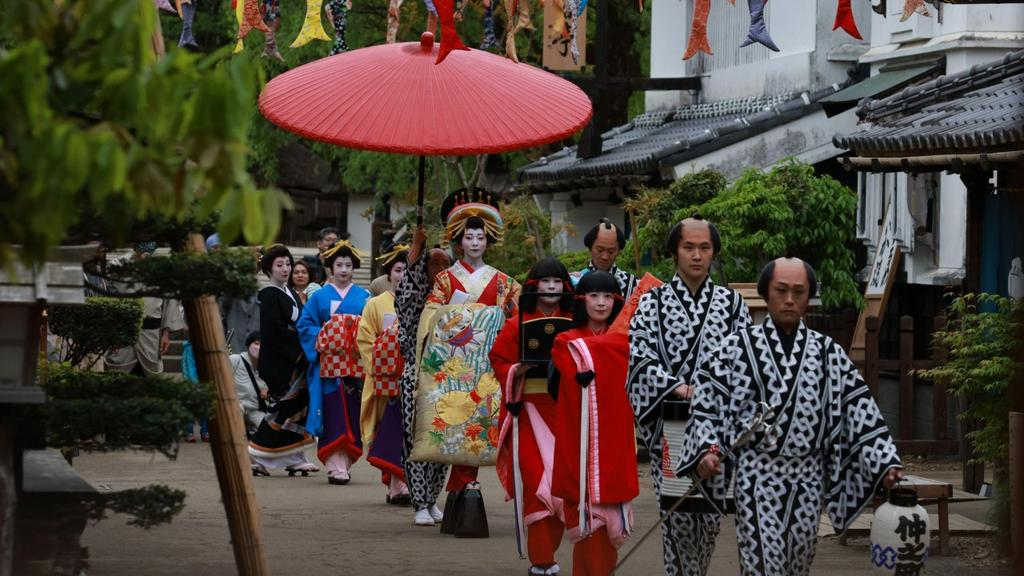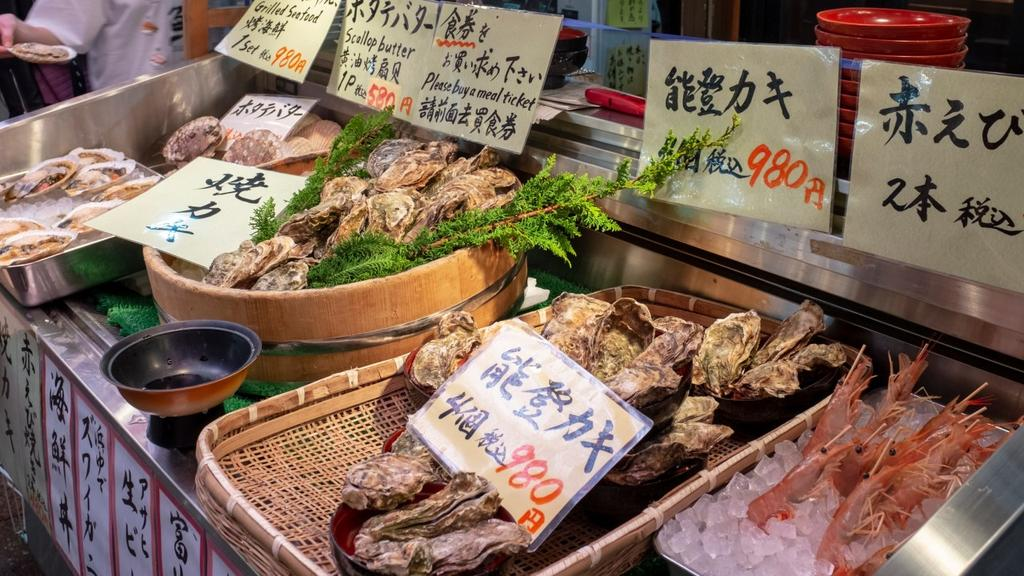Tokyo may dazzle with its neon lights and world-class cuisine, but beyond the capital lies a quieter, richer Japan — where centuries-old traditions, wild landscapes, and soul-soothing rituals await. Japan often appears in travel brochures as Tokyo: fast-paced, futuristic, and famously efficient. But step outside the megacity, and a different Japan reveals itself — one of serene islands, mountain temples, art-covered villages, and culinary treasures unknown to the average tourist. For expats or travelers seeking a deeper connection with the country, these experiences offer a richer, more personal view of what Japan has to offer beyond the bright lights.
Find stillness in a traditional Ryokan
In onsen towns across Japan, the ryokan experience remains a gateway to traditional Japanese hospitality. Whether it’s a minimalist room with tatami mats and sliding doors or a centuries-old inn where history creaks in the floorboards, ryokan offer comfort with ceremony. Meals are often elaborate kaiseki-style, lovingly prepared with seasonal ingredients and presented with artistry. Bathing in steaming mineral-rich waters is as much ritual as relaxation.

Not confined to hot spring resorts, ryokan also dot cities like Kyoto, where Hiiragiya — a 200-year-old establishment — has hosted icons from Charlie Chaplin to Elizabeth Taylor. On the more affordable end, minshuku (family-run bed-and-breakfasts) offer a rustic but warm welcome, especially in small communities like those on Teshima, where locals open their homes to visitors during the Setouchi Triennale art festival.
Speak the language (even badly)
No one expects fluency, but a few phrases can transform your experience. Simple greetings like konnichiwa or ohayo gozaimasu break the ice, while sumimasen serves multiple purposes — from apologizing to flagging down a waiter. Complimenting a meal with oishii desu or expressing gratitude with gochisousama deshita shows effort and earns smiles.
Learning the basics not only opens doors but also reflects a deeper appreciation for the culture. Japan may be globally connected, but regional politeness and pride in language remain central to daily life.

Soak it all in the Japanese way
Public nudity might be daunting at first, but Japan’s love affair with onsen bathing is well worth embracing. Whether you’re in the well-trodden spa town of Hakone, staring at Mount Fuji from an open-air bath, or hopping between historic bathhouses in Hyogo’s Kinosaki Onsen, the experience is grounding, restorative, and utterly local.

In Akita’s remote Nyuto Onsen, where some baths still allow mixed-gender bathing, the connection to nature is palpable. Follow the etiquette — rinse thoroughly before entering, keep towels out of the water, and check tattoo policies (though some places are now more inclusive). After one soak, you’ll likely be converted.
Get lost in the great outdoors
With mountains covering 70% of the country, Japan is a hiker’s dream. The Kumano Kodo pilgrimage trails in the Kii Peninsula offer a spiritual journey through mossy forests and ancient shrines, culminating in the sacred sites of Mount Koya. Stay in a temple lodging and join monks in morning rituals for a truly immersive experience.

The Michinoku Coastal Trail traces over 1000km of northeastern coastline shaped by the 2011 tsunami, weaving resilience and rugged beauty into every step. Closer to Tokyo, the new Hitachinokuni Trail in Ibaraki offers forested paths perfect for meditative walking. And of course, there’s Mount Fuji — Japan’s highest and most iconic peak. Join the crowds in summer for the sunrise hike, or find quieter challenges in alpine zones like Kamikochi.
Taste Japan, region by region
One of the greatest pleasures of leaving Tokyo is discovering Japan’s regional dishes. In Fukuoka, Hakata ramen’s creamy pork broth has its own cult following. Osaka tempts with okonomiyaki (savory pancakes) and kushikatsu (deep-fried skewers). Up in Aomori, hotpots like senbei-jiru add local wheat crackers for a hearty twist.

Everywhere you go, there’s something unique: Hokkaido’s grilled mutton barbecue (jingisukaan), Hiroshima’s famed oysters, or Kobe’s legendary beef. For budget-friendly luxury, try a seafood donburi at Kanazawa’s Omicho Market or build your own rice bowl at Aomori’s Gyosai Centre — fresh, fun, and fantastically flavorful.
Appreciate art and craft with ancient roots
Japan’s traditional arts thrive far beyond the capital. In Kyoto, the Museum of Crafts and Design offers insight into techniques like Kyo-yuzen dyeing and Kyo-nui embroidery. Then stroll to Nanzen-ji Temple for golden tiger screen paintings that marry beauty and spirituality.

Outside Kyoto, towns like Arita in Saga Prefecture are pottery powerhouses, producing ceramics prized for centuries. Mashiko, in Tochigi Prefecture, has a more hands-on vibe — its workshops and galleries make it ideal for would-be potters and curious travelers alike.
Step into the world of the samurai
For a journey through Japan’s warrior past, head north. In Fukushima’s Aizu Wakamatsu, the legacy of samurai lives on through restored castles, sword schools, and memorials to young warriors. Further north in Akita, Kakunodate’s preserved samurai homes — framed by weeping cherry trees — offer a glimpse into the austere beauty of Edo-period architecture.
For a more playful immersion, Nikko’s Edo Wonderland theme park invites visitors to don period costumes, toss ninja stars, and witness theatrical swordplay — a fun way to bring history to life for kids and adults alike.

Follow the freshest fish
Sushi might be the international face of Japanese cuisine, but its seafood scene is broader and more diverse. In Hiroshima, restaurants like Kanawa serve oysters every which way, while Kanazawa’s coastal location makes it a hub for sashimi and seafood rice bowls at bargain prices.
Morning markets in Hakodate, Shimonoseki, and Osaka offer not just a meal, but an experience. At Aomori’s Gyosai Centre, pick up a bowl of rice and curate your own seafood adventure — topping it with tuna, scallops, or salmon roe freshly plucked from the sea.
Slow down and see the soul of Japan
Leaving Tokyo doesn’t mean leaving behind the best of Japan — it means finding it. From soaking in a mountain onsen to discovering hidden island art, from tasting flavors passed down through generations to walking the ancient paths of pilgrims and warriors, Japan’s heart lies in its quieter corners. For those who dare to explore, these experiences are more than sights to see — they are stories to live.
\






